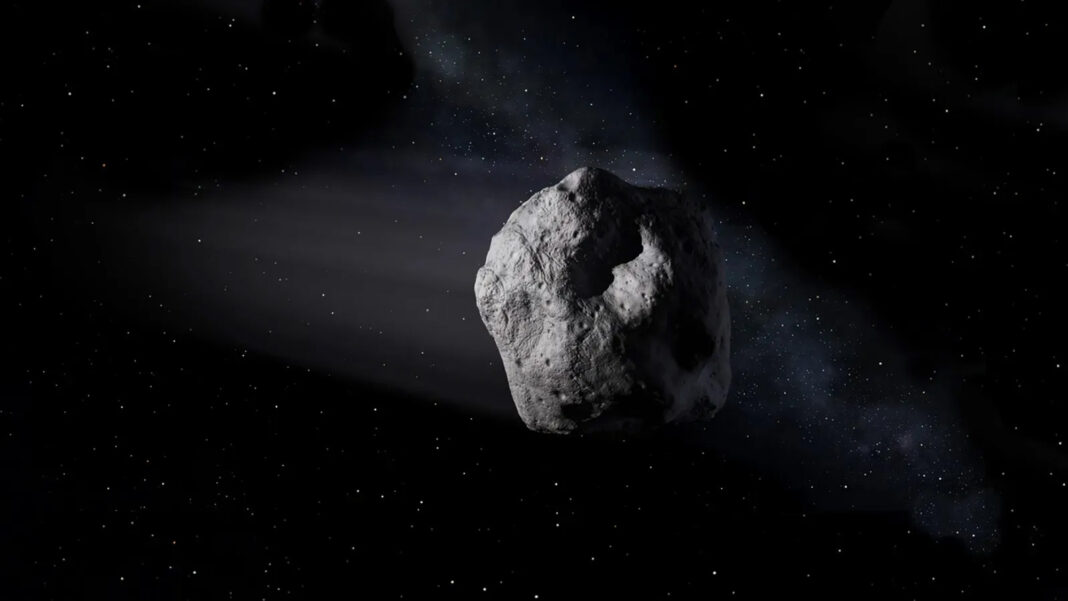How often do asteroids come near Earth?
Asteroids are rocky remnants left over from the formation of the solar system. These space rocks orbit the Sun just like planets, but their paths can sometimes bring them close to Earth. The frequency at which asteroids come near Earth can vary depending on their size and orbit.
Types of Near-Earth Objects
There are two main types of near-Earth objects (NEOs) that can come close to our planet: asteroids and comets. Asteroids are made up of metal and rock, while comets are icy bodies that release gas and dust as they approach the Sun.
Asteroids
Asteroids can vary in size from small rocks to large boulders. Some asteroids are only a few meters across, while others can be hundreds of kilometers in diameter. The larger the asteroid, the more damage it could potentially cause if it were to collide with Earth.
Comets
Comets are icy bodies that originate from the outer regions of the solar system. When a comet approaches the Sun, the heat causes the ice to vaporize and release dust particles, creating a bright tail. Comets can also pose a threat if they were to collide with Earth.
Frequency of Near-Earth Asteroids
Scientists track the orbits of asteroids and comets to determine how close they will come to Earth. While most asteroids pass by our planet without any risk of impact, there have been instances where asteroids have come dangerously close.
On average, small asteroids that are a few meters across come close to Earth several times a year. These asteroids usually burn up in the atmosphere before reaching the surface, creating spectacular meteor showers. Larger asteroids that are tens of meters or more in size are less common, but can still come near Earth every few years.
Chelyabinsk Meteor
One of the most well-known instances of a near-Earth asteroid was the Chelyabinsk meteor that exploded over Russia in 2013. The meteor was estimated to be about 20 meters in diameter and exploded with the force of 30 atomic bombs, damaging buildings and injuring thousands of people.
Potential Risks
While most asteroids that come near Earth pose no threat of impact, there is always a small risk that a larger asteroid could collide with our planet. The consequences of such an impact could be catastrophic, potentially causing widespread destruction and loss of life.
Scientists are constantly monitoring the sky for any potentially hazardous asteroids that could pose a risk in the future. By tracking these objects and studying their orbits, researchers can better predict if and when an asteroid may come close to Earth.
Conclusion
Asteroids are a fascinating reminder of the violent history of our solar system. While most asteroids pose no threat to Earth, the potential risks of a collision cannot be ignored. By studying these space rocks and tracking their orbits, scientists can better understand and prepare for any potential impacts in the future.
FAQs
How do scientists track asteroids?
Scientists track asteroids using telescopes and radar systems to determine their size, speed, and trajectory. By monitoring these objects, researchers can predict if and when an asteroid may come close to Earth.
What would happen if an asteroid were to collide with Earth?
If a large asteroid were to collide with Earth, it could cause widespread destruction, including tsunamis, wildfires, and a potential „nuclear winter“ effect from dust blocking out the Sun. The consequences would depend on the size and speed of the asteroid.
How can we protect Earth from asteroid impacts?
There are various proposed methods for protecting Earth from asteroid impacts, including deflecting the asteroid with a spacecraft or detonating a nuclear bomb near the asteroid to change its trajectory. Scientists are researching and developing technologies to better prepare for any potential threats from asteroids.




